Why Now is a Good Time to Revisit Strategy
Top Trending Posts

For much of the past two years, we have worked alongside CEO’s and Executive Leaders to support them adapt and make necessary pivots – for themselves, their teams and their organisations – in response to unprecedented global disruption.
In January 2022, we made mention of our concern around the fatigue we observed amongst the leader groups we work with. Fatigue that the traditional January break did little to ease with the COVID outbreaks that crushed the promise of respite and instead had leaders back at the helm to adjust operations.
Post Easter, and judging by the number of ‘Out of Office’ responses, it seems leaders have finally caught up on some much needed R&R, and are gearing to lean into 2022 with enough energy to set strategy for the term ahead – one year, three years, maybe five years.
Our roles take us in to the very rooms where stakeholders come together and these decisions are made. As Facilitators and guides of such conversations, we are constantly attuned to the mindset that leaders ‘show up with’ and the quality of conversations they engage in to be able to create effective strategy. In this article, we offer four considerations we believe leaders must be attuned to if they are to meaningfully attend to strategy and a robust strategic planning process.
Consideration 1 – Global Disruption is Set to Continue (if not amplify)
When it comes to future strategy, it is critical to do some reflective practice on the impacts of the last two years on the current strategy and to begin to anticipate what global disruption looks like for the short and medium term. This anticipation will require a wide scan of the global context within which your organisation trades. Such a scan is obvious for those organisations who have international supply chains and for whom supply chain risk is emerging based on the fallout from COVID and the Russia/Ukraine crisis. Less obviously, this scan is relevant for service-based organisations, who rely on skilled labour to be able to deliver quality services to customers. No matter what industry you are in and whether you deliver goods or services, disruption will impact you in 2022 and beyond.
Regarding that last point, we find Peter Zeihan a compelling voice on Geopolitics. We also want to acknowledge that digging into lessons learned requires emotional fortitude and courage from everyone in the room to ‘own’ how they responded to the last couple of years. This helps create a clearing for what’s coming next.
A conversation in the Executive Room might consider:
- What impacts have the past two years had on our business?
- What lessons can we learn in the way we did (and did not) respond to these?
- What disruptions can we anticipate in the coming 6 to 12, to 24 months that might affect our supply of goods and services?
- What might we need to stay abreast of in the short-medium term and which ‘voices’ might be worthwhile listening to?
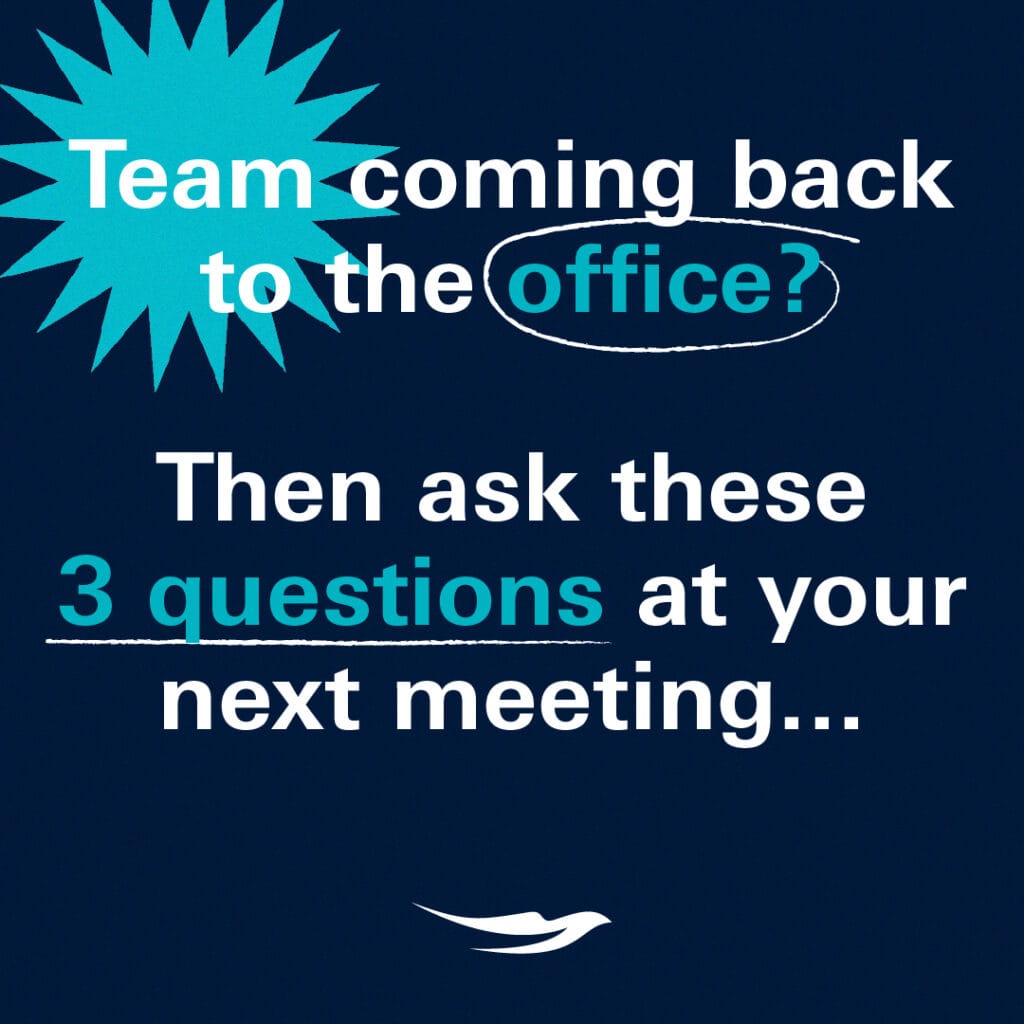
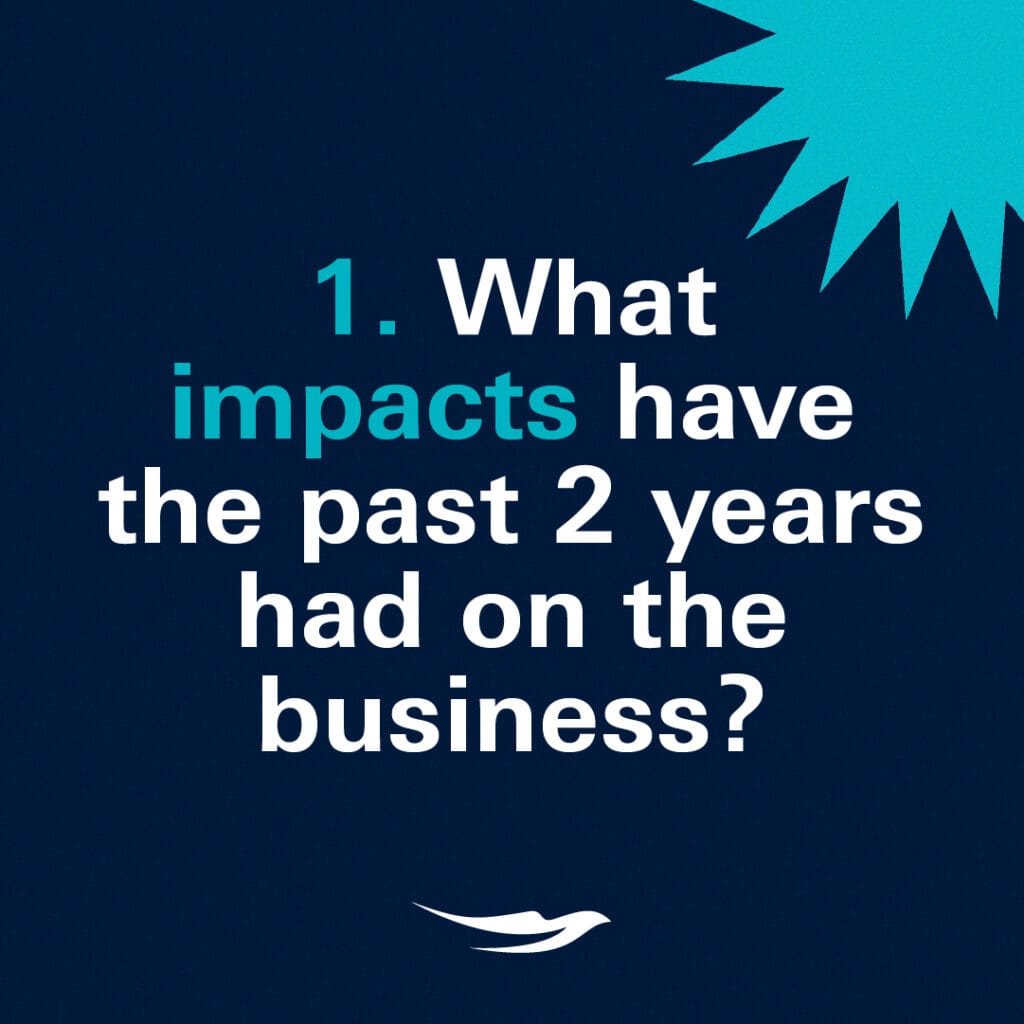
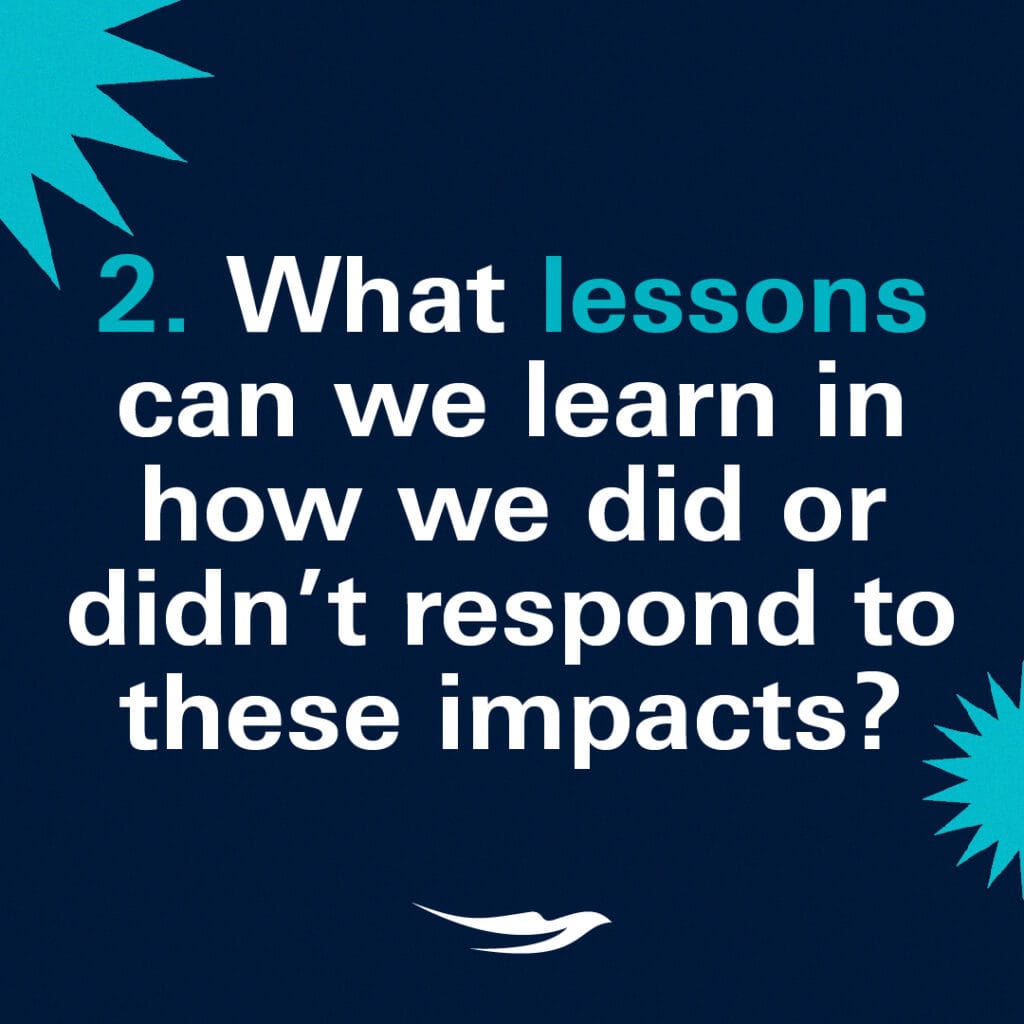

Consideration 2 – Less is More When it Comes to Planned Response
Most strategies have similar componentry they rely on: a relevant vision, a clear purpose that is anchored into values, a good competitive scan, short, medium and long term goals, some solid objectives, a good rationale for initiatives, clarity on action plans and outcomes. Depending on the size of your organisation these leading elements then transpire to business and operational plans.
Something we’ve noticed is that strategies of the past eras, more predictable eras, tend to be rich (some might say overloaded) with objectives and related initiatives. The past two years have required a review of these objectives at a minimum and adjustment of these objectives to meet the market. For many however, strategic objectives became redundant and were replaced with a focus on necessary pivots in order to stay relevant.
This year we are guiding teams to keep objectives few in number and high in impact, allowing the necessary space for adaptation as the market context continues to change. Sticking to the old premise of ‘less is more’ can be really helpful at this time. In addition, think of the morale boost you can generate when you achieve what it is that you set out to in your short-term strategy by pursuing fewer but highly relevant objectives and staying vigilant to adjustments, reviews and pivots along the way.
Keep your objectives and initiatives lean.
Make space and resource for how you may need to respond to what emerges. Think more like an Entrepreneur. Opportunities will arise when you create the space to see them.
A conversation in the Executive Room might consider:
- How could we design our business to be more flexible and nimble in response to change?
- What initiatives are necessary for our core business to thrive?
- What can we put in place to seed the ground for the disruptions we can anticipate?
Consideration 3 – If People Are Unhappy, They’re On The Move
If you’re leading an organisation, we are guessing that you have already experienced the loss of some key staff in the last two years: vaccination policies, planned and ‘necessary’ structural change, competitive market forces and of course, those opting ‘out’ or seduced by another competitor. It seems that there is a new wave of thinking arising in the workforce that’s choosing life over labour.

For some time, human resources have been taken for granted as willing to put up with difficult work conditions or roles that aren’t necessarily fulfilling, but which pay the mortgage. The past two years have shown that unhappy people will communicate to their leaders: conversations for a pay rise, a condition change, leaving jobs or organisations. Working remotely and working from home has also offered new choices for valuable staff who no longer want to put up with the Monday to Friday grind.
In the past, ‘people strategy’ was often buried a couple of layers into a Strategic Plan.
Now, consider [people strategy] should be one of the key domains you attend to as an organisation to attract and retain the right talent.
The power balance has shifted, and it is now swayed even more towards the employee when it comes to rights and conditions of employment. Waking up to this at the Executive and Board level is critical to sustain any business in this disrupted time.
A conversation in the Executive Room might consider:
- What conditions do our staff value and thrive in?
- What initiatives do we have in place to create those conditions?
- To what extent are our answers to the previous questions based on assumptions versus tested?
- Who do we need to be as Executive Leaders to create an environment that motivates and inspires our people?
Consideration 4 – It’s Time to Make Sure Your #1 Team is Cohesive and Aligned
It surprises us how many Executive Leadership Teams tolerate conflict, bad moods, misaligned team members or substandard performance from one or more Executives. In these disrupted times, we encourage you to weed out poor performers, demolish competition and ensure that every team member is committed to a shared team outcome in support of the organisation’s vision and mission. Anything less than this will undermine the necessary energy your #1 Team must devote to thinking about, conversing about and planning how to best weather these uncertain times.
An aligned and cohesive #1 Team does not mean that the team always agrees. In fact, we expect the best teams to express individual perspectives, share innovative ideas, test them through dialogue and promote disruption for themselves or the team. Exploring different perspectives can be done respectfully so that from all the possibilities offered, the best one is selected and supported. Alignment means that the team is clear on the behaviours through which it achieves the best outcomes, and each person is accountable to the standard.
Flowing from this, it will be important to ensure that leadership is demonstrated to the next levels of the organisation and the strategies clearly communicated. Better still, having your leaders collaborate with their teams to operationalise the strategy, is a way to encourage buy in and ownership at the next level. Alongside this, accountability on a business unit by business unit basis will drive shared outcomes. This tone is set from the top. If you’re reading this as an Executive Leader, we challenge you to really agree on what constitutes effective performance at the top and how you can translate this to organisational performance; through conversations and relationships that support strategy.
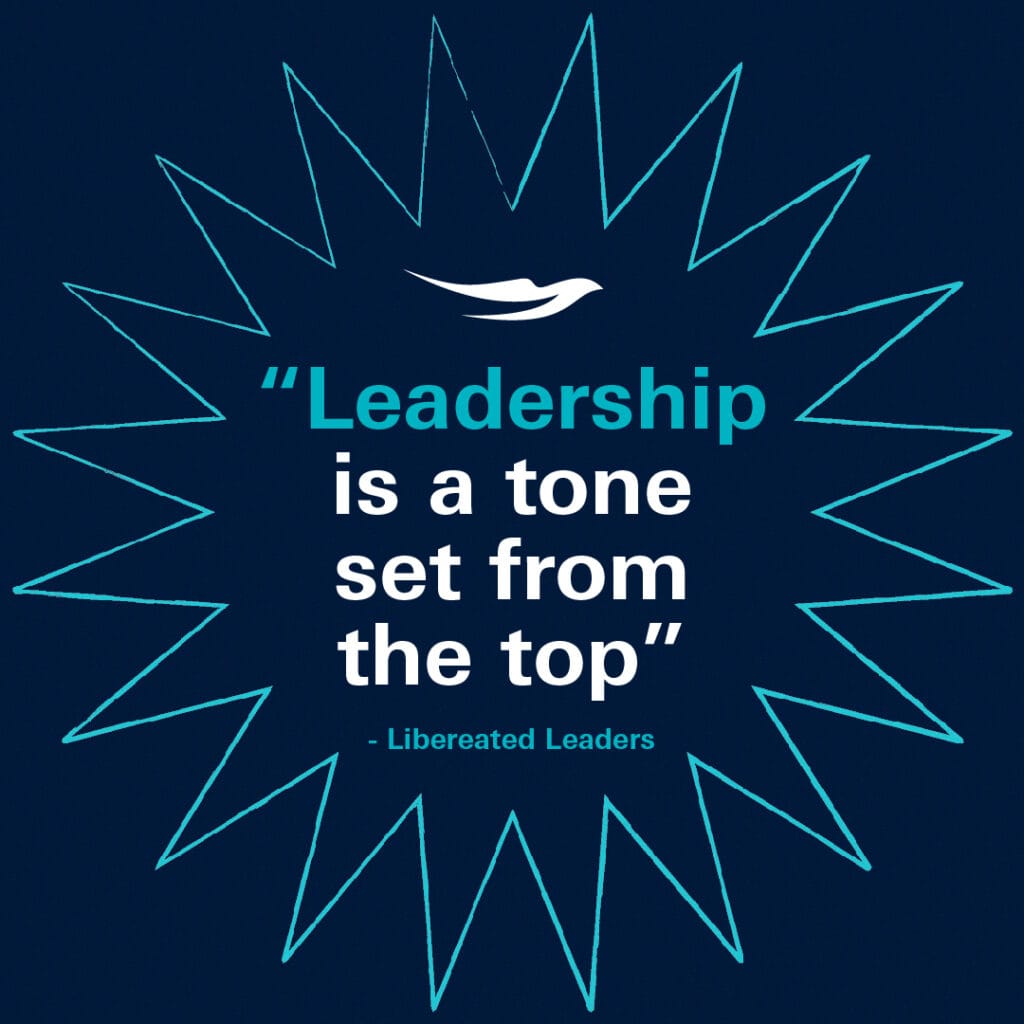
A conversation in the Executive Room might consider:
- What are our team commitments and what are we unconditionally committed to as a team?
- What are the top behaviours that enable us to bring these commitments to life?
- How do we want to be with each other if commitments and behaviours are not being met by a team member?
- How can we encourage corresponding commitments and behaviours amongst our direct reports and teams?
In closing, we trust that you’re finishing this article a little challenged by our provocation and inspired to address the conversations available to you as a team in service of the organisations purpose. Let us know how you go.
If you enjoy our articles, don’t forget to spread the word, and share them on your socials.
Share This
Top Trending Posts
Sign Up
to our blogs and receive regular updates.

Stay in the Conversation
with Liberated Leaders...

